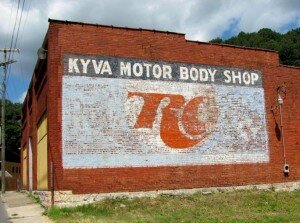I’ll admit, even though I love to travel, I’d never heard of “civic tourism” before I saw the information about this upcoming conference. Curious, I looked into it a little more and found that it encompasses most of the other types of sustainable tourism many of us are already familiar with, like eco-tourism, agri-tourism, adventure tourism. Here’s a great explanation from this Appalachian Ohio-based Civic Tourism website: [Communities] protect, promote and share the unique assets of their landscapes and communities for themselves first, because they define who they are through the places, stories and local practices they love and respect. As time goes on, these inspiring local assets and the people who tend to them attract others who wish to experience and support their special character, often times supporting the local economy and its ability to sustain itself over time because of the lasting qualities of unique, treasured places. As more Appalachian communities look to tourism as a way to bolster and diversify their economies, this idea is one that deserves more exploration. During a conversation about tourism at the Brushy Fork Institute, participants in the “Appalachia’s Economic Future” track described places in Appalachia they thought were both successes and failures as tourism destinations. Damascus, Virginia; the Lake Cumberland area, and Berea, Kentucky – places that focus on preserving and promoting assets, that support local businesses and entrepreneurs, and that are hospitable and friendly – were all suggested as models to aspire to. Gatlinburg, Tennessee, with its chain stores, imported...




